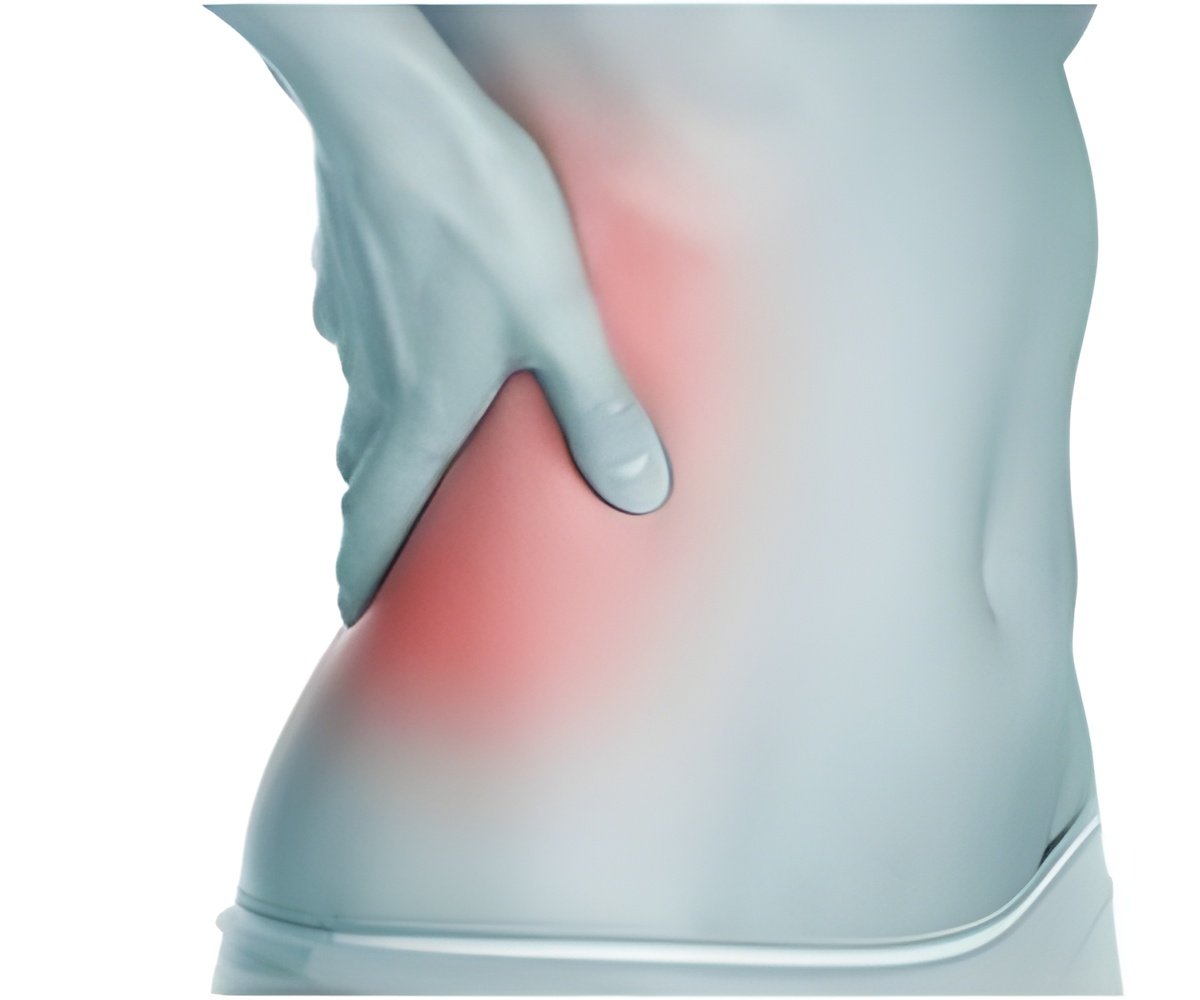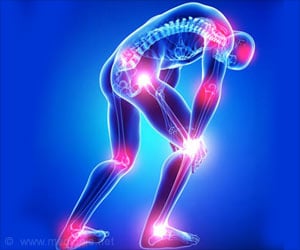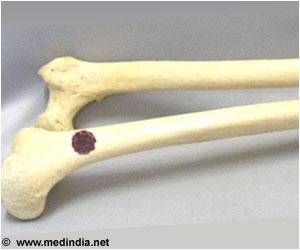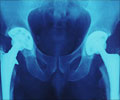cortisone injection did not provide better outcomes than dry needling for either pain or function in patients with greater trochanteric pain syndrome (GPTS).

TOP INSIGHT
Dry needling, which uses filament needles to stimulate sensitive loci, or trigger points, in the muscles, is as effective as cortisone injection in reducing pain and improving movement problems caused by greater trochanteric pain syndrome (GPTS).
GTPS is estimated to affect 10 percent to 25 percent of the general population. This kind of hip pain has been reported to be more common in women and in patients with coexisting low back pain, osteoarthritis, Iliotibial band tenderness, and obesity. The study demonstrates that patients with GTPS can get similar results from dry needling as from a steroid injection. "Evidence for dry needling of the hip in lieu of steroid injection is in its infancy," acknowledged lead author Kindyle L. Brennan. However, "this study suggests dry needling as an effective alternative to cortisone injection."
Brennan added, "The potential detrimental side effects of steroid injection, particularly repeated injections, are of concern for patients and providers alike." As a result, "the identification of a comparable treatment alternative with minimal side effects, such as dry needling, offers valuable clinical advantages." Brennan and her fellow researchers treated 43 patients with GPTS and a total of 50 painful hips. The patients were randomly assigned to one of two groups: one group receiving cortisone injection and the other group, dry needling.
Treatments were administered over six weeks, and clinical outcomes were collected at the start of the trial and at one, three, and six weeks. The researchers measured pain and function. They also collected information about medication intake for pain in the involved hip, as well as the sex, age, and body mass index of study participants. The baseline characteristics were similar between the two groups.
The results showed that cortisone injection did not provide better outcomes than dry needling for either pain or function in patients with GTPS. Both groups experienced a decrease in pain and an improved ability to move and complete daily activities. Brennan cautioned that while this study uses a larger sample than most, further studies are warranted. In particular, participants were only followed for six weeks; additional studies over longer time periods will be important. The study is published in the Journal of Orthopaedic & Sports Physical Therapy.
 MEDINDIA
MEDINDIA




 Email
Email







